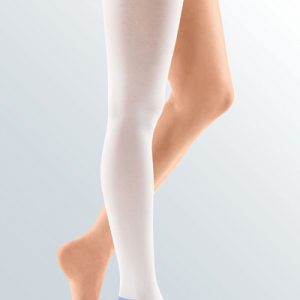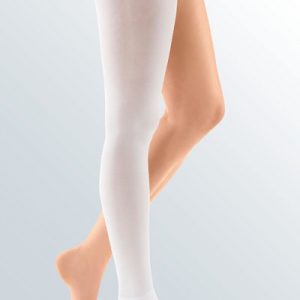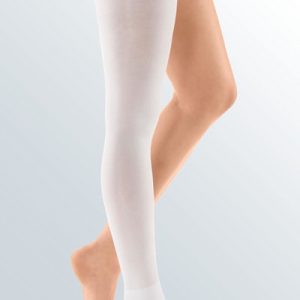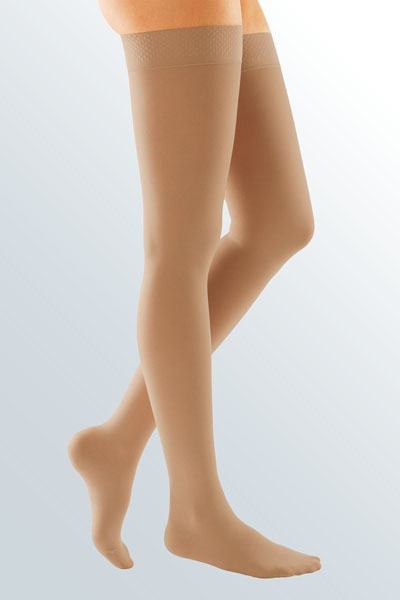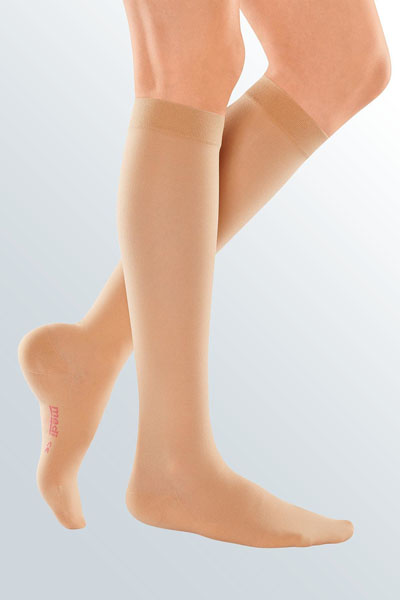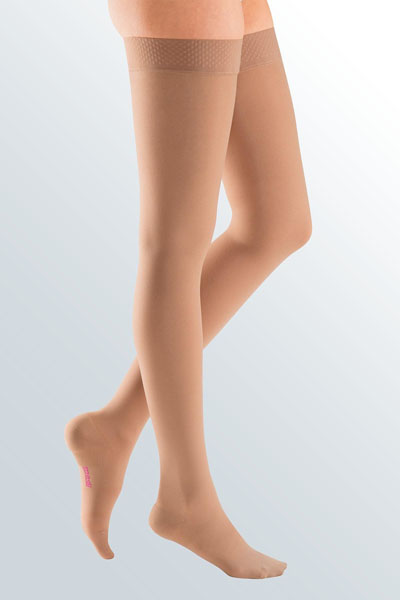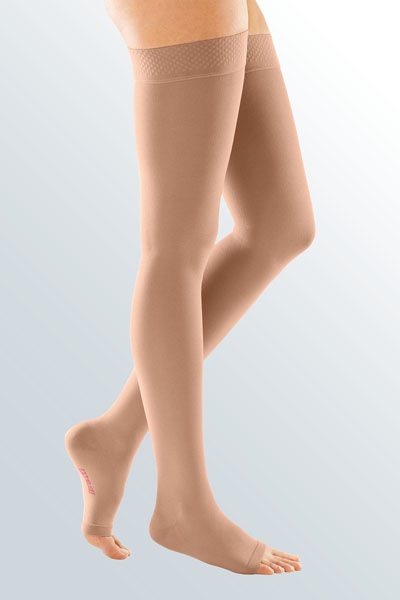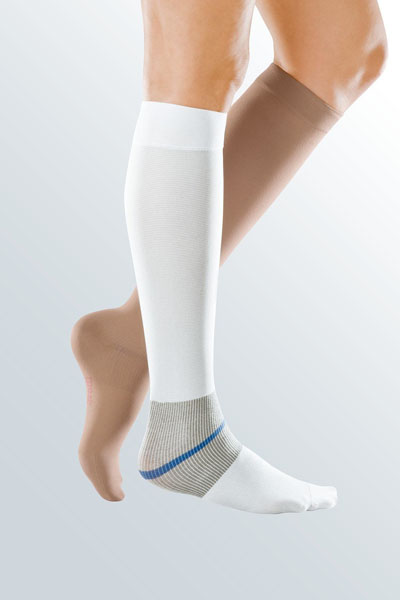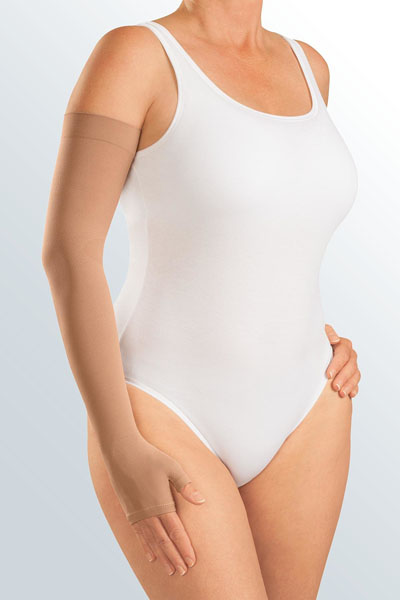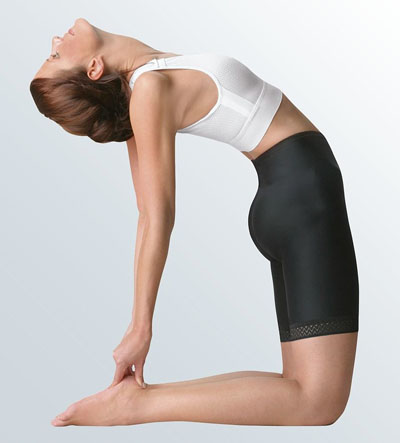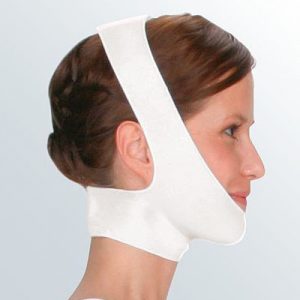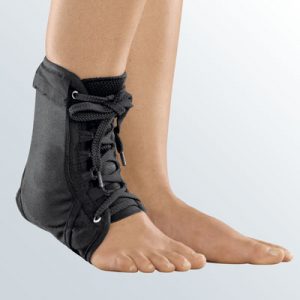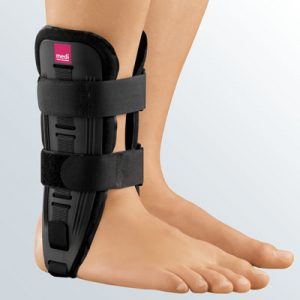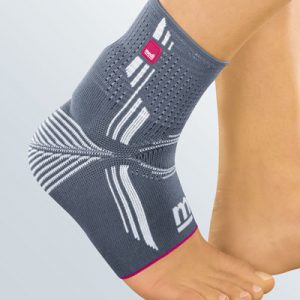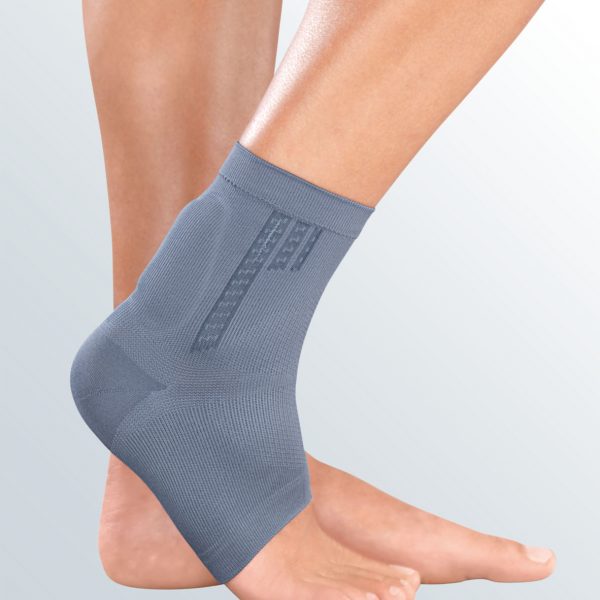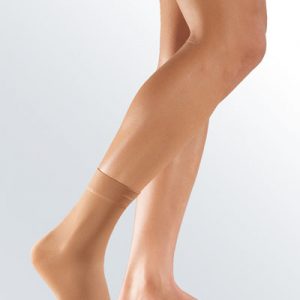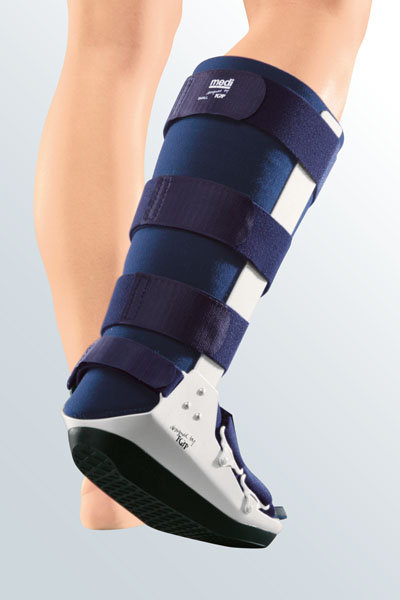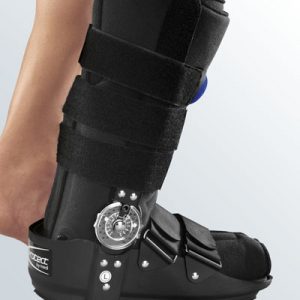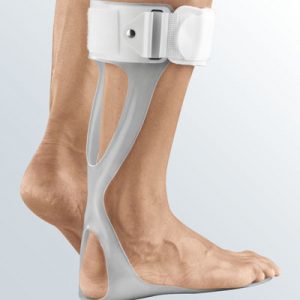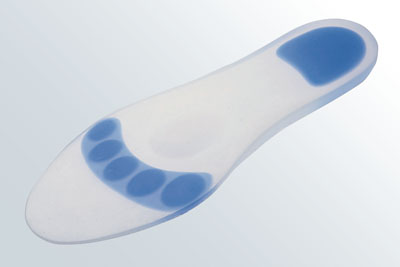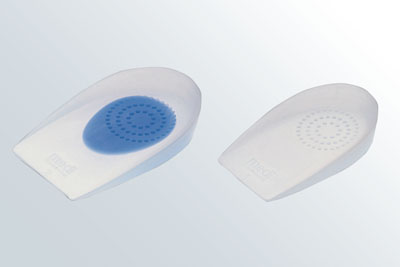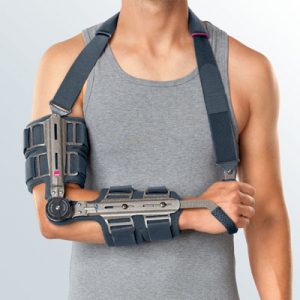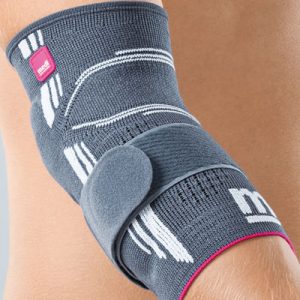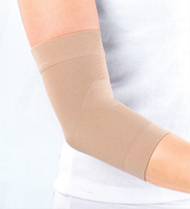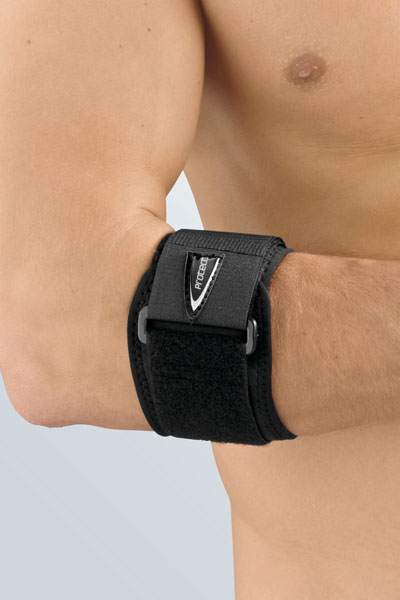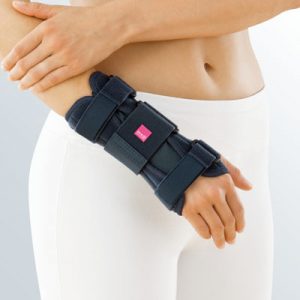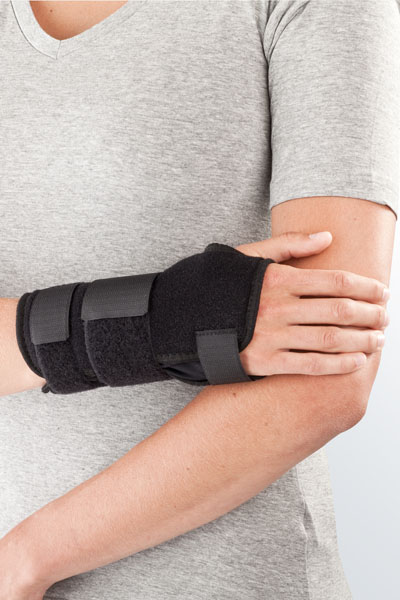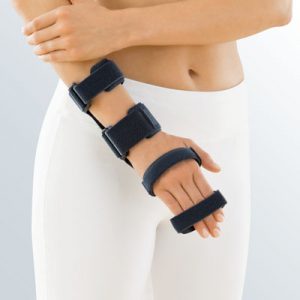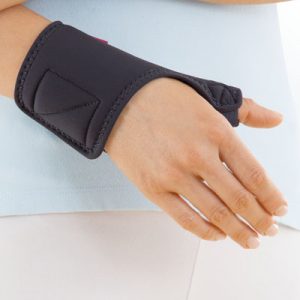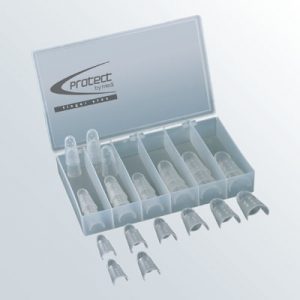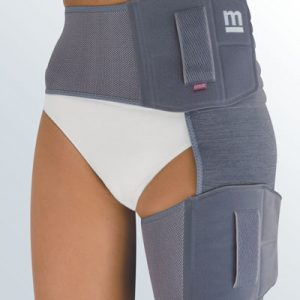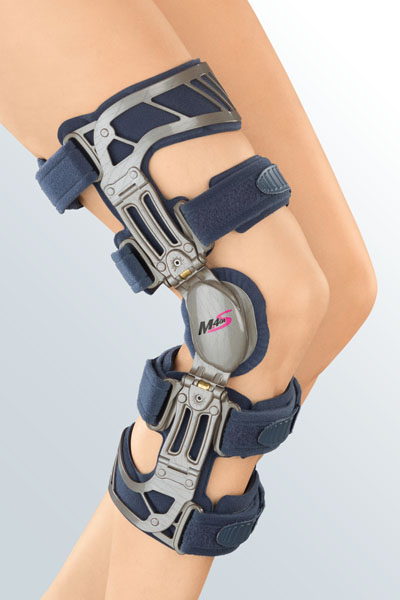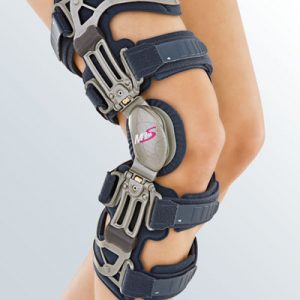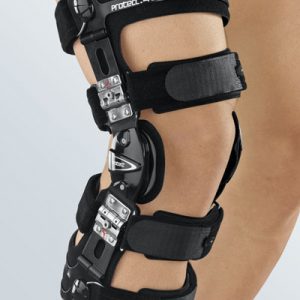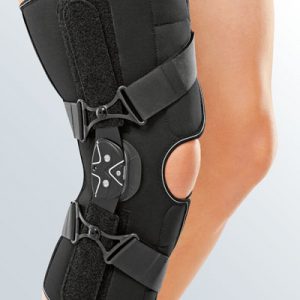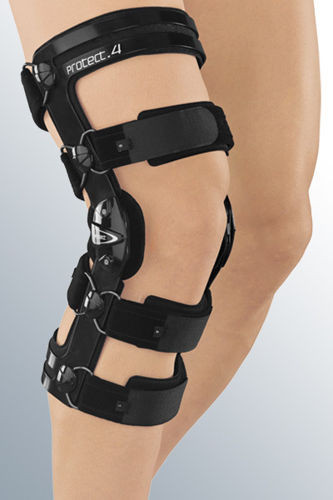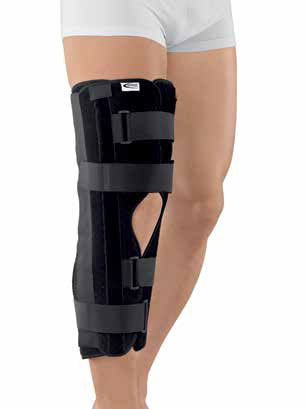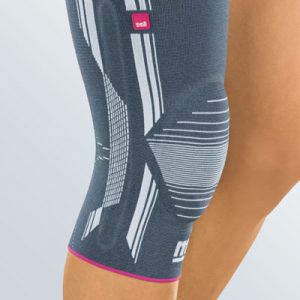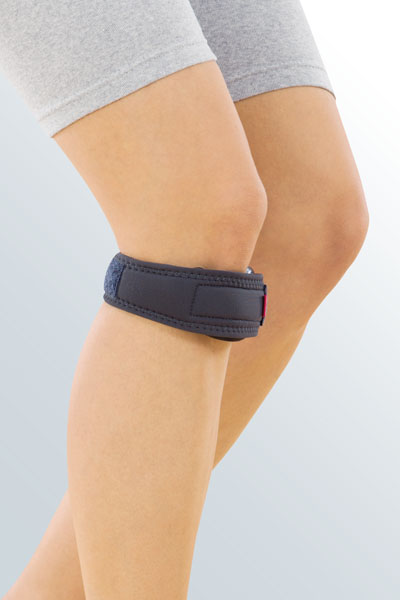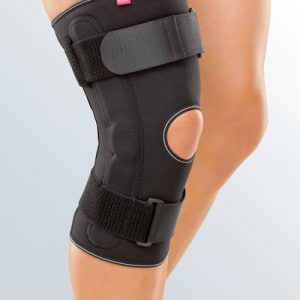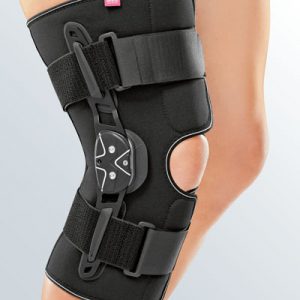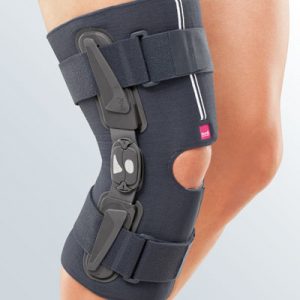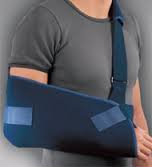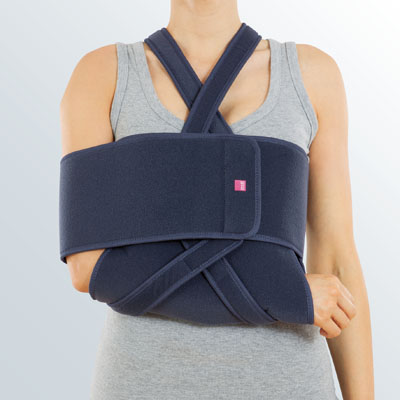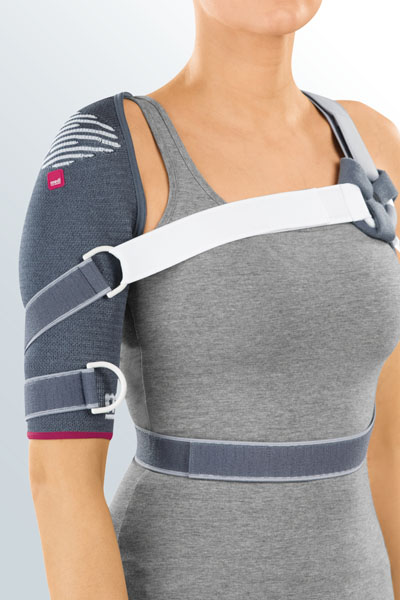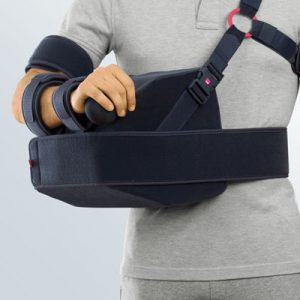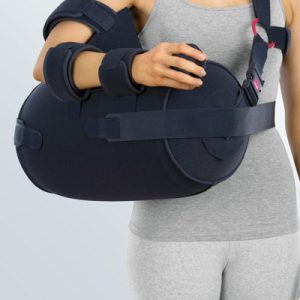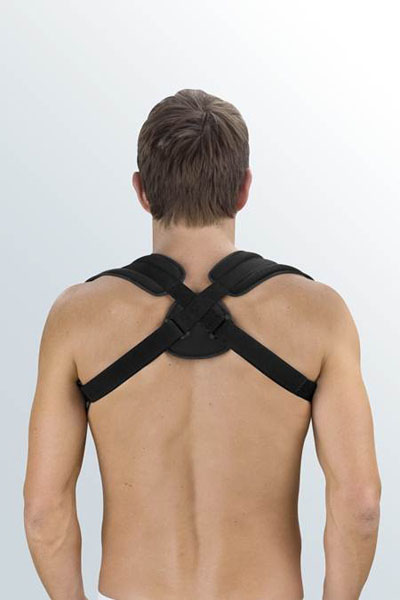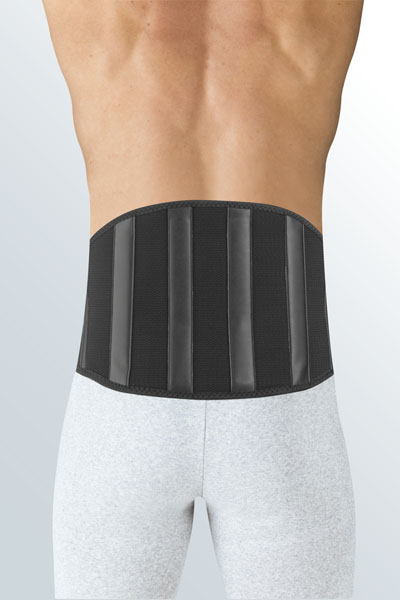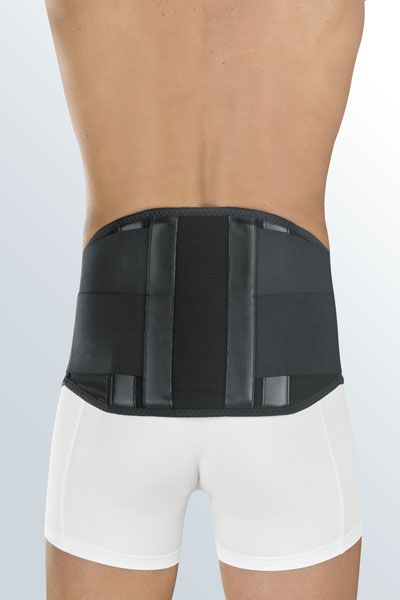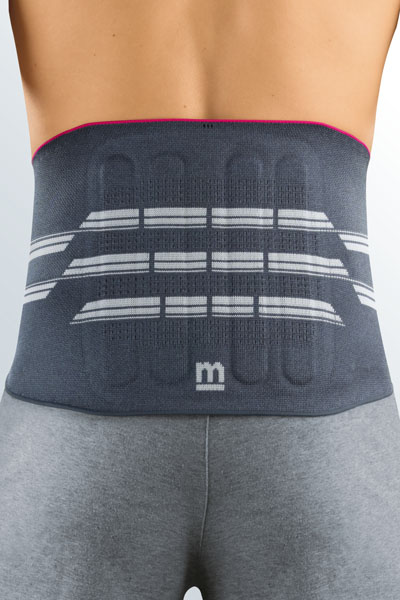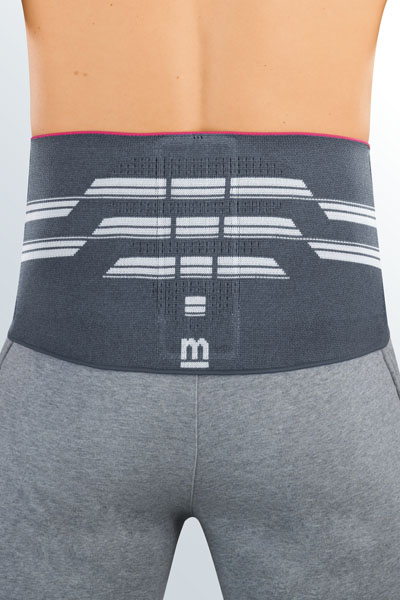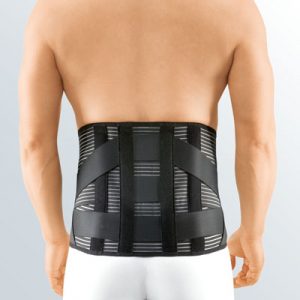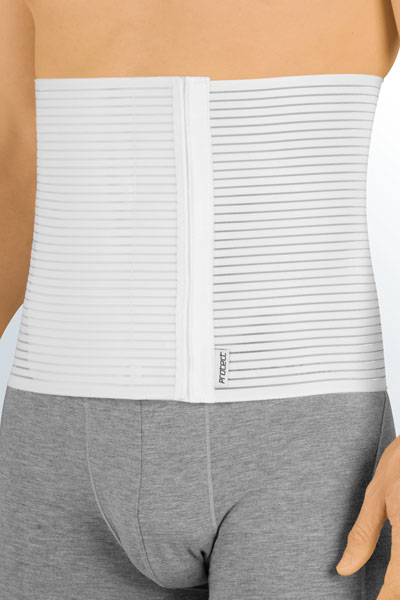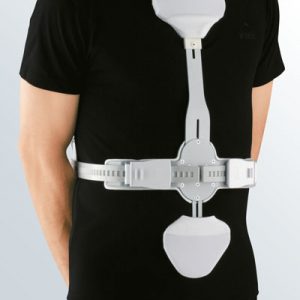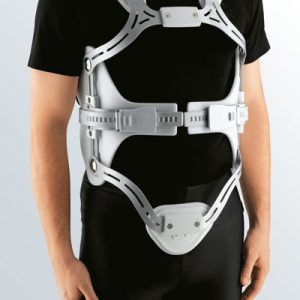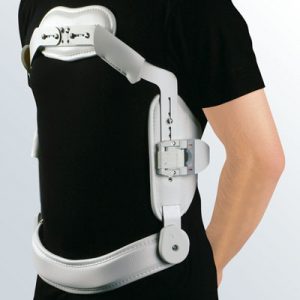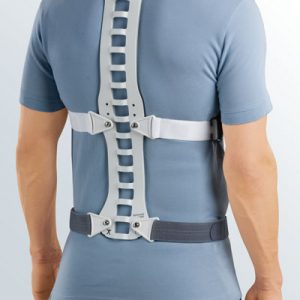Venous Insufficiency
Venous insufficiency is a condition in which the flow of blood through the veins is impaired. Venous insufficiency can be caused by a number of disorders of the veins, particularly deep vein thrombosis (blood clot) or varicose veins.
What are the causes of venous insufficiency?
In healthy veins, there is continuous flow of blood from the limbs back toward the heart. There are valves within the veins of the legs that prevent the backflow of blood. Venous insufficiency occurs when forward flow through the veins is obstructed, as in the case of a blood clot, or if there is backward leakage of blood flow through damaged valves. In many cases of venous insufficiency, patients have both obstruction of forward flow and backward leakage of the veins. The most common causes of venous insufficiency are previous cases of blood clots and varicose veins. In some cases, weakness of the leg muscles that help squeeze blood forward may also contribute to venous insufficiency.
What are the symptoms of venous insufficiency?
Symptoms of venous insufficiency include:
- Edema (swelling)
- Skin discoloration
- Prominent varicose veins or ropy veins
- Skin ulcers
- Aching, burning, or throbbing sensations in the legs and feet
- Cramping
- Leg weakness
Medications and immobility can also affect the muscles and veins of the legs. Patients should also consider signs and symptoms of venous insufficiency before traveling or having surgery.
- Older age
- Varicose veins
- Previous deep vein thrombosis (blood clot)
- Family history (other members of the family suffer from the disorder)
- Obesity
- Inactivity
- Muscle weakness
- Pregnancy
- Injury to the legs
- Cancer
How is venous insufficiency treated?
There are many treatment options for venous insufficiency, depending upon the condition that is causing it. The most common treatment for venous insufficiency is prescription-wear compression stockings. These special elastic stockings apply pressure at the ankle and lower leg and improve venous blood flow and reduce leg swelling.
Medical tip
Basic therapy against this medical condition is medical compression stockings like
Medical compression stockings are prescribed by the doctor if required, and the patients are measured for the correct fit by specialist medical retailers (e.g. surgical appliance dealers): the user’s leg circumferences are measured in several places so that the compression stocking matches his anatomy exactly.














